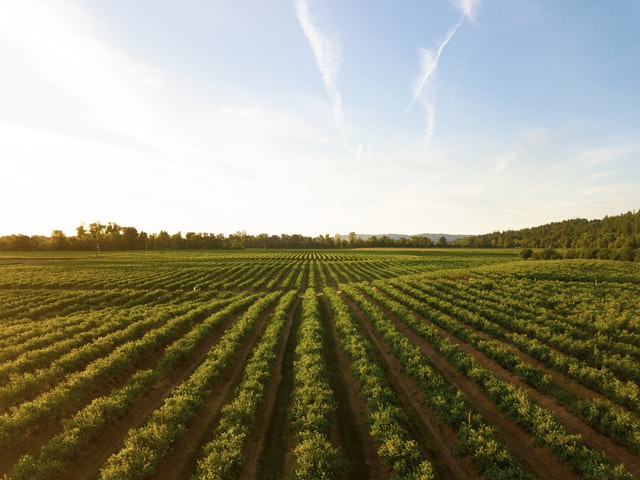

Summary
- Fertilizer prices have soared because Russia is a major global supplier and sanctions have hit exports.
- Agricultural commodities face upward price pressure while agricultural sanctions persist.
- In China, Covid-related transit problems are causing steel mills to scramble for iron ore, raising prices.
- In coming months, property market problems could depress demand for steel and iron ore.
Market Implications
- Investors can hold corn and wheat via ETFs that invest in futures contracts, or in agri-business ETFs. The opportunity – and risk – lies in whether sanctions last.
Fertilizer Is Driving Agriculture Prices Higher
The commodity space is full of super-rallying sectors these days, but perhaps the most spectacular is fertilizer. Since the beginning of the Russian invasion of Ukraine, an index of fertilizer prices jumped 45% (Chart 1). The reason, quite simply, is that Russia is the leading exporter of fertilizer and urea, a key ingredient for manufacturing fertilizer. In recent years, Russia accounted for 11% of global fertilizer exports and 16% of urea exports.
Summary
- Fertilizer prices have soared because Russia is a major global supplier and sanctions have hit exports.
- Agricultural commodities face upward price pressure while agricultural sanctions persist.
- In China, Covid-related transit problems are causing steel mills to scramble for iron ore, raising prices.
- In coming months, property market problems could depress demand for steel and iron ore.
Market Implications
- Investors can hold corn and wheat via ETFs that invest in futures contracts, or in agri-business ETFs. The opportunity – and risk – lies in whether sanctions last.
Fertilizer Is Driving Agriculture Prices Higher
The commodity space is full of super-rallying sectors these days, but perhaps the most spectacular is fertilizer. Since the beginning of the Russian invasion of Ukraine, an index of fertilizer prices jumped 45% (Chart 1). The reason, quite simply, is that Russia is the leading exporter of fertilizer and urea, a key ingredient for manufacturing fertilizer. In recent years, Russia accounted for 11% of global fertilizer exports and 16% of urea exports.
Subscribe to Macro Hive Professional to read this article
and enjoy exclusive professional features such as in-depth analysis, insightful op-eds, and more.
Already have Macro Hive Professional account? Log in
